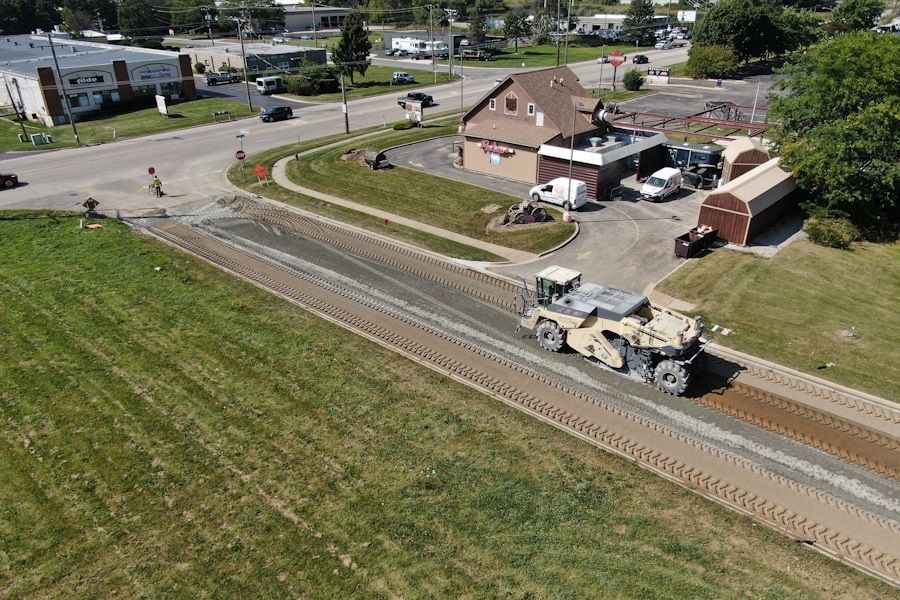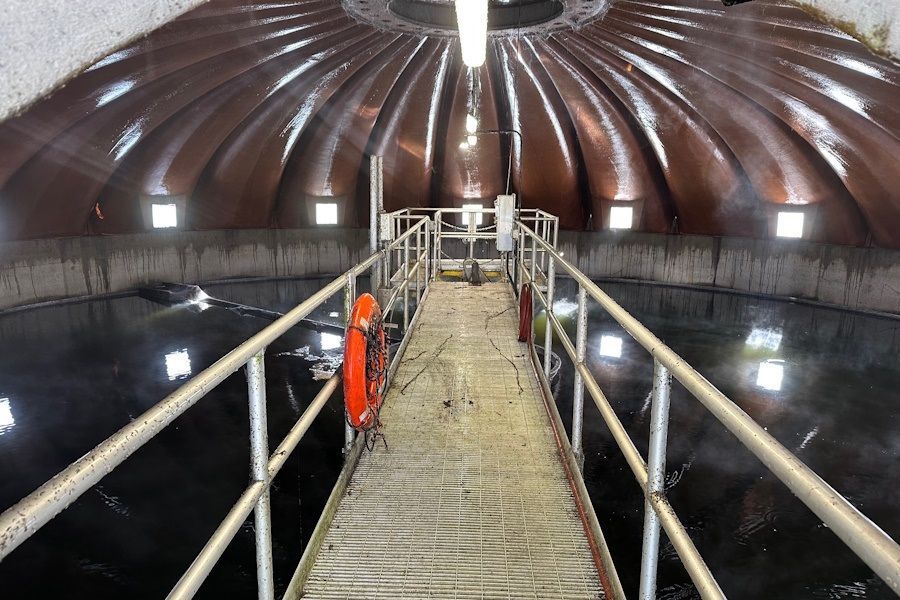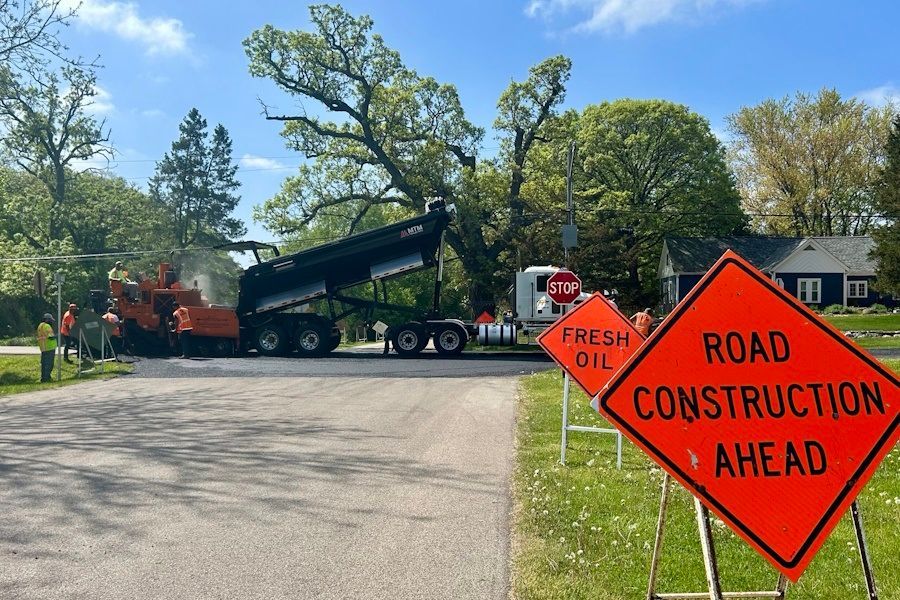CIVIL ENGINEERING DESIGN
The TAI staff has completed numerous water distribution and sanitary collection systems ranging from transmission mains to small distribution systems and force mains to gravity sewers. Replacement or adding new water mains and sanitary systems requires careful planning in maintaining required separation from other utilities and careful consideration of the condition of other utilities and the roadways above them for replacement.
GET IN TOUCH
HAVE AN ENGINEERING PROBLEM THAT YOU'D LIKE OUR HELP WITH?
RELATED PROJECTS

Trotter and Associates, Inc. (TAI) continues its partnership with the DuPage County Department of Stormwater Management on the rehabilitation of the West Lobe Pump Station at the Elmhurst Quarry Flood Control Facility. This critical infrastructure serves as a flood control system by storing excess flow during major rain events and later pumping stormwater back to Salt Creek once conditions recede. Independent Mechanical Industries, Inc., and their subcontractors are on schedule for the West Lobe Pump Station to be returned to service this fall. Over the last several months, the team completed installation of four 500-hp pumps and rehabilitation of the discharge piping supports along the 100-foot quarry highwall. Additionally, the pump station’s electrical system was upgraded with a 2,500-amp switchboard and VFDs to provide a long-term reliable electrical system for the facility.

Construction of the City of Woodstock's 2025 Enhanced Street Program, which improves 8.4 miles of roadway, began last month. These improvements include both resurfacing and reconstruction of local residential/commercial streets, as well as higher traffic volume collector and arterial streets. During the design phase, TAI engineers performed a comprehensive evaluation using pavement cores, PCI ratings, and in-person field assessments to determine the most cost-effective and appropriate improvement for each roadway segment. To maximize value and minimize disruption, cement-stabilized full-depth reclamation (FDR) was selected as the reconstruction method for qualifying streets. FDR recycles the existing aggregate and subgrade materials by blending them with Portland cement and water, creating a strong, stable base ready for paving, without the need to haul in new aggregate. This sustainable approach not only reduces cost and environmental impact but also significantly minimizes disruption to residents. We’re proud to partner with the City of Woodstock in delivering efficient solutions for our municipal clients and their residents.

The City of Crystal Lake has engaged Trotter and Associates, Inc. (TAI) to undertake a significant rehabilitation project at Wastewater Treatment Plants (WWTP) Nos. 2 and 3. This project aims to enhance the efficiency and effectiveness of the wastewater treatment processes in alignment with the City’s Wastewater Master Plan and recent Phosphorus Removal Studies. The project scope for WWTP2 will involve replacing four raw sewage pumps and the primary clarifier cross collectors, rehabilitating the secondary clarifier, and converting the tertiary filtration process from sand filters to cloth media disc filters. Similarly, the work on WWTP 3 will include rehabilitating both secondary clarifiers and converting the tertiary filtration process. These upgrades are crucial for improving the overall performance of the wastewater treatment facilities and ensuring compliance with environmental regulations. Trotter and Associates, Inc. is currently in the early stages of design, with construction expected to begin in early 2027.

The Village of Barrington Hills has kicked off its 2025 Road Program, which includes HMA resurfacing along three miles of roadway and patching and striping on five miles of various roadways within the Village. With the initial removal completed, crews have begun placing reflective crack control fabric along the milled roadway. Utilization of this fabric on resurfacing projects reduces reflective cracking from the underlying pavement. It acts as a moisture barrier, all of which assist in extending the service life of the roadway. The final HMA surface placement along Spring Creek Road and Buckley Road, patching of various streets, and striping are expected to be completed in the coming months.

